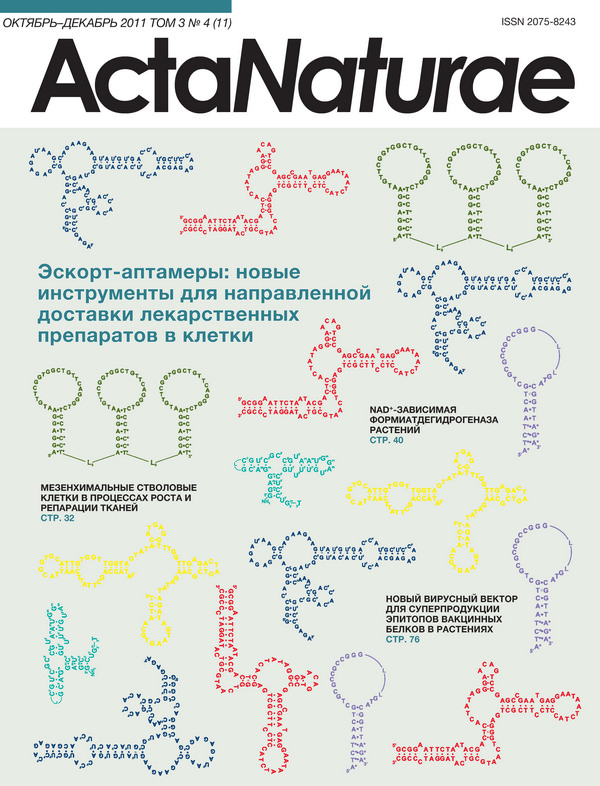Аннотация
Toll-like receptors are the essential components of innate immunity. It is shown that TLRs play an essential role in the immune resistance of an organism to bacterial and viral infections. The binding of TLR to its own ligands results in the activation of several adapter molecules and kinases, inducing the activation of the main pro-inflammatory transcriptional factors, which in turn induce the activation of the main pro-inflammatory transcriptional factors. This activation results in the development of both the innate immune response triggered by the enhanced expression of a number of pro-inflammatory cytokines and antimicrobial peptides and that of the adaptive immune response, via the activation of dendritic cells and enhancement of antigen presentation, etc. The ability of TLR agonists to bolster the immune reaction makes them promising for use in the therapy of infectious diseases and in the chemotherapy of malignant neoformations. However, different TLR ligands may have either antitumor activity (lipopolysaccharide, imiquimod, CpG) or, conversely, could beef up the resistance of tumor cells to apoptosis, stimulating their proliferation under certain conditions (lipopolysaccharide, lipopeptide). It has been shown that the TLR2-dependent signalling pathway in the myelomonocytic mouse leukaemia cell line WEHI-3B leads to the constitutive activation of the transcriptional factor NF-kB, suppression of apoptosis in tumor cells, and progression of myelomonocytic mouse leukaemia in vivo, upon the addition of TLR2 agonist (synthetic lipopeptide Pam2CSK4) or following the infection of tumor cells with Mycoplasma arginini.







